World Drug Report

World Drug Report 2025
A global reference on drug markets, trends and policy developments, the World Drug Report offers a wealth of data and analysis and in 2025 comprises several elements tailored to different audiences. Key findings provide an overview of selected findings from the analysis presented in Drug market patterns and trends and the thematic chapters of Contemporary issues on drugs, while Special points of interest offer a framework for the main takeaways and policy implications that can be drawn from those findings. The World Drug Report 2025 is aimed not only at fostering greater international cooperation to counter the impact of the world drug problem on health, governance and security, but also at assisting Member States in anticipating and addressing threats posed by drug markets and mitigating their consequences.
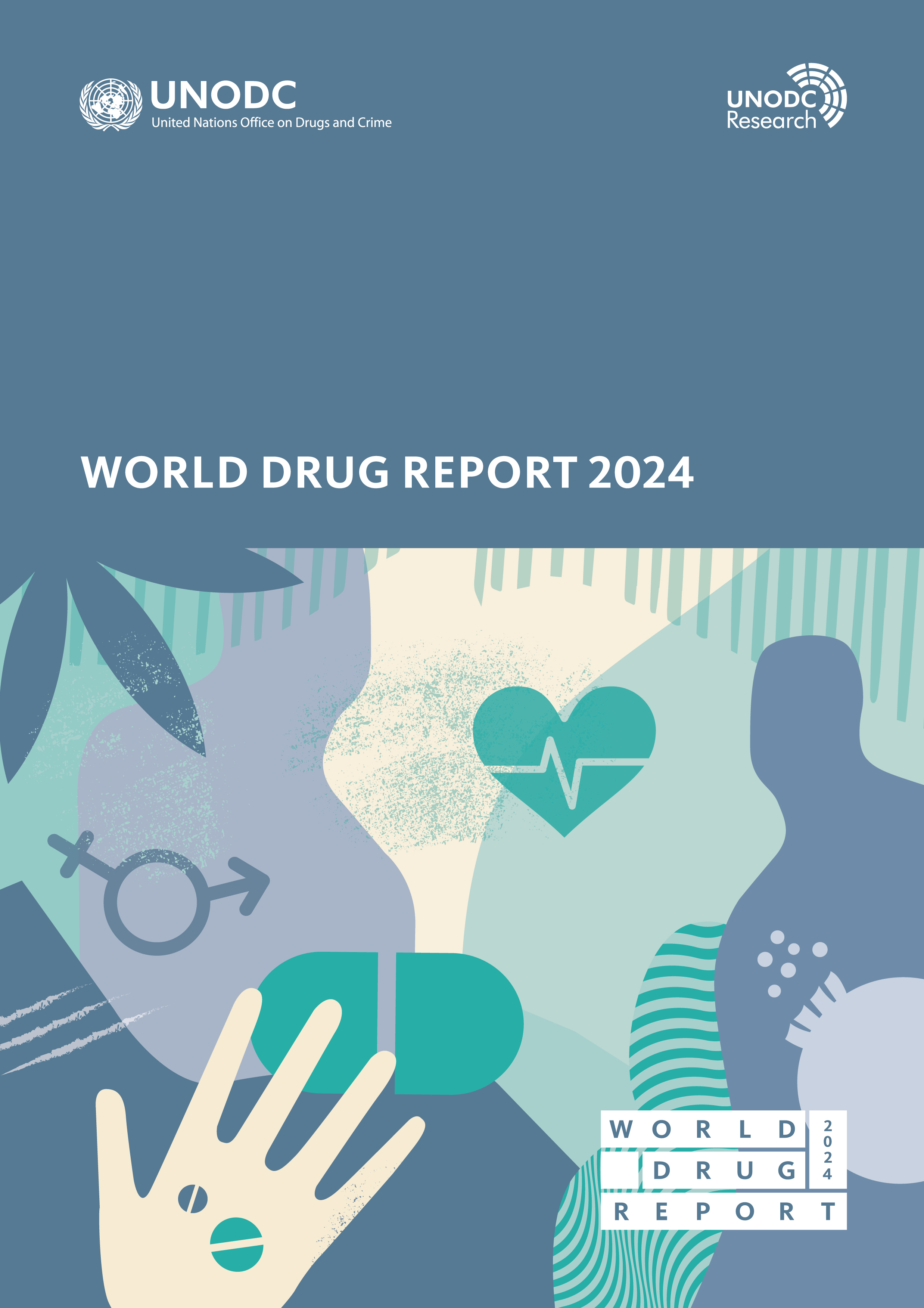
World Drug Report 2024
A global reference on drug markets, trends and policy developments, the World Drug Report offers a wealth of data and analysis. The Key findings and conclusions booklet provides an overview of selected findings, while the Special points of interest offers a framework for the main takeaways and policy implications that can be drawn from those findings. As well as providing an in-depth analysis of key developments and emerging trends in selected drug markets, the Contemporary issues on drugs booklet looks at several other developments of policy relevance. The World Drug Report 2024 is aimed not only at fostering greater international cooperation to counter the impact of the world drug problem on health, governance and security, but also at assisting Member States in anticipating and addressing threats posed by drug markets and mitigating their consequences.
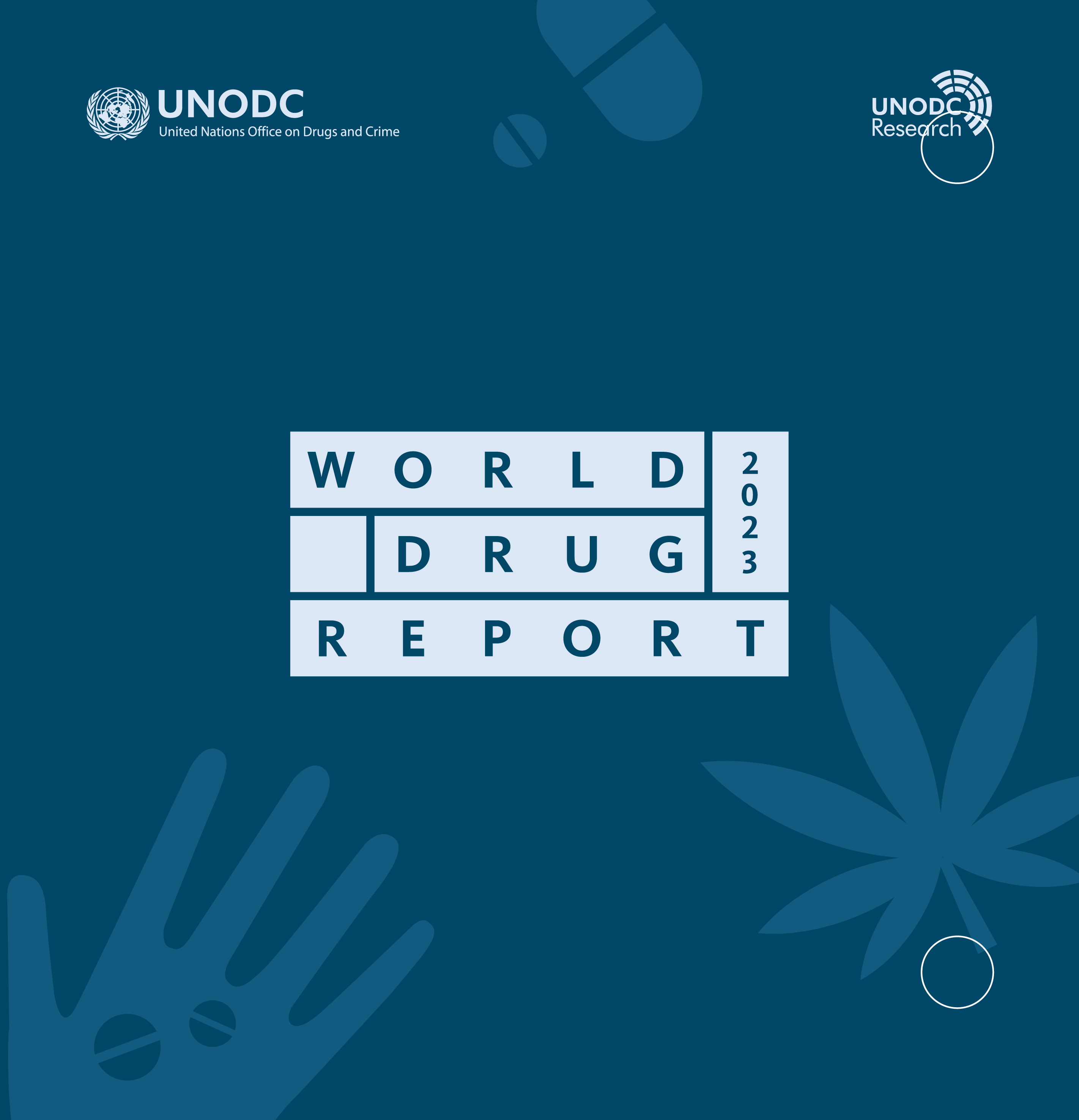
World Drug Report 2023
For the first time since its conception, this year the World Drug Report presents the latest global, regional and subregional estimates of and trends in drug demand and supply in a user-friendly, interactive online format. The new online segment is designed to both enhance and simplify access to the wealth of information provided in the report by presenting the data in the form of succinct key messages supported by interactive graphs, infographics, and maps. Booklet 1 takes the form of an executive summary that sets out points of special interest and policy implications based on analysis of the key findings of the online segment and the thematic booklet 2 and the conclusions that can be drawn from them. The World Drug Report 2023 is aimed not only at fostering greater international cooperation to counter the impact of the world drug problem on health, governance, and security, but also at assisting Member States in anticipating and addressing threats posed by drug markets and mitigating their consequences.

World Drug Report 2022
Consisting of five separate booklets, the World Drug Report 2022 provides an in-depth analysis of global drug markets and examines the nexus between drugs and the environment within the bigger picture of the Sustainable Development Goals, climate change and environmental sustainability. Booklet 1 summarizes the four subsequent booklets by reviewing their key findings and highlighting policy implications based on their conclusions. Booklet 2 provides an overview of the global demand for and supply of drugs, including an analysis of the relationship between illicit drug economies and situations of conflict and weak rule of law. Booklet 3 reviews the latest trends in the global markets for opioids and cannabis at the global and regional levels, and includes a discussion of the potential impact of changes in opium poppy cultivation and opium production in Afghanistan, and an analysis of early indications of the impact of cannabis legalization on public health, public safety, market dynamics and criminal justice responses in selected jurisdictions. Booklet 4 presents the latest trends in and estimates of the markets for various stimulants – cocaine, amphetamines and “ecstasy” – and new psychoactive substances, both at the global level and in the most affected subregions, including an analysis of different coca bush eradication strategies and a focus on the expansion of the methamphetamine market in South-West Asia. Booklet 5 delves into the nexus between drugs and the environment, providing a comprehensive overview of the current state of research into the direct and indirect effects of illicit drug crop cultivation and drug manufacture, as well as drug policy responses on the environment.
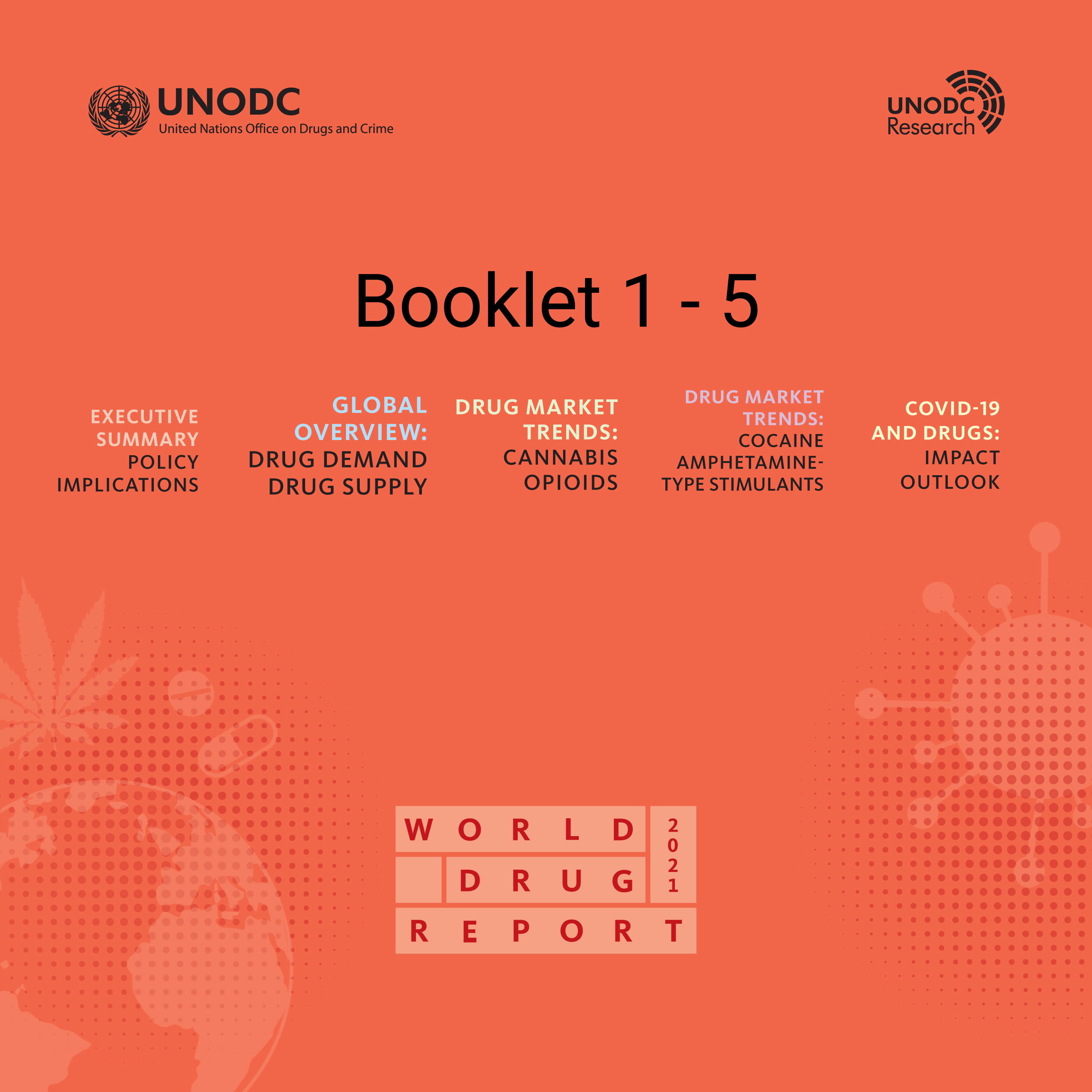
World Drug Report 2021
As in previous reports, the 2021 World Drug Report (WDR) aims to improve the understanding of the world’s drug problem and to contribute towards fostering greater international cooperation for countering its impact on health, governance and security. Also, to the extent possible, the WDR contributes to the monitoring and reporting of SDGs. This edition includes an updated overview of recent trends on production, trafficking and consumption for non-medical purposes of key controlled substances. It further maintains a global overview of the baseline data and estimates on drug demand and supply and provides an analysis of the market for the different drugs.
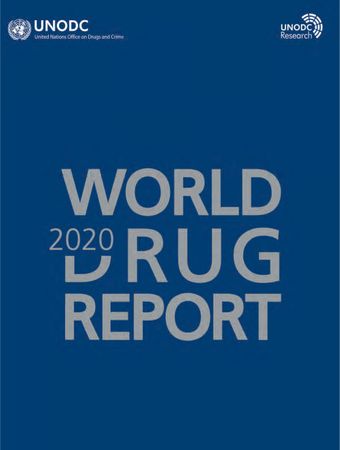
World Drug Report 2020
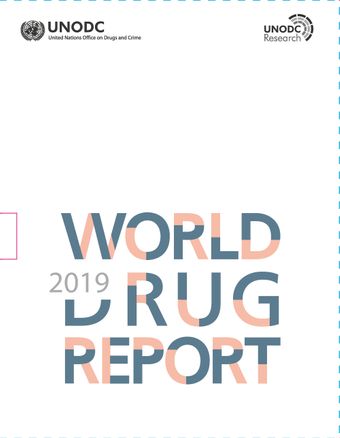
World Drug Report 2019
The 2019 World Drug Report will include an updated overview of recent trends on production, trafficking and consumption of key illicit drugs. The Report contains a global overview of the baseline data and estimates on drug demand and supply and provides the reference point for information on the drug situation worldwide.
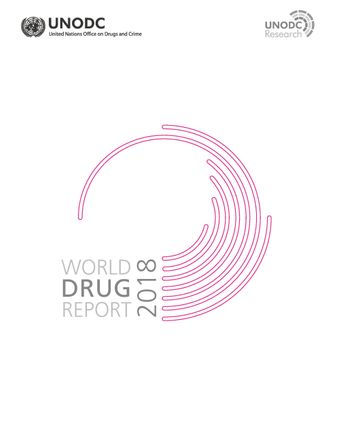
World Drug Report 2018
The 2018 World Drug Report includes an updated overview of recent trends on production, trafficking and consumption of key illicit drugs as well as highlighting a thematic area of concern. The Report contains a global overview of the baseline data and estimates on drug demand and supply, and it provides the reference point of information on the drug situation worldwide. The thematic focus of the 2018 Report presents information and issues related to drugs and women, youth and older people.
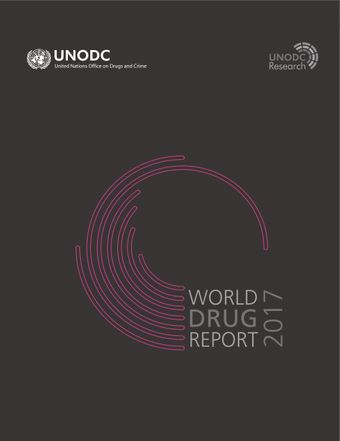
World Drug Report 2017
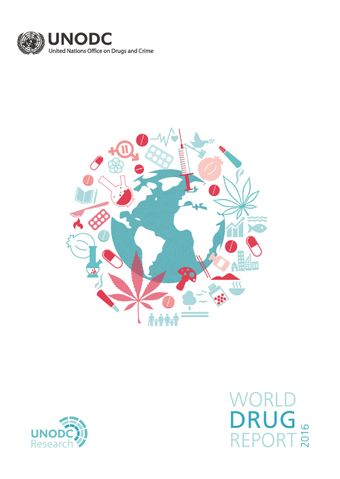
World Drug Report 2016
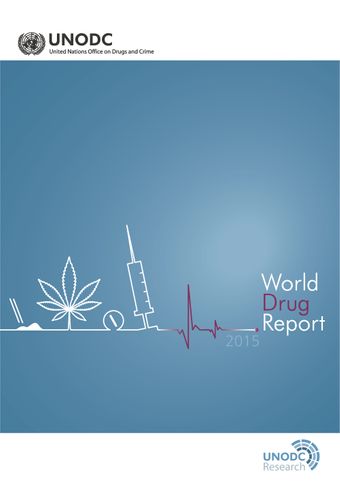
World Drug Report 2015
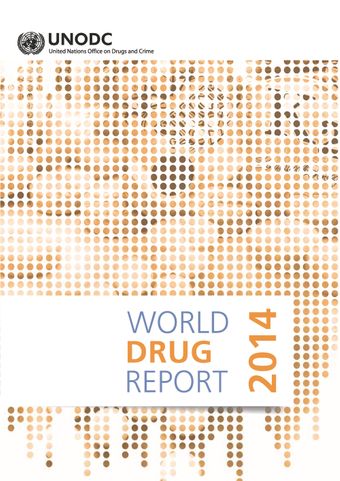
World Drug Report 2014
The World Drug Report presents a comprehensive overview of the latest developments in drug markets. It covers production, trafficking, consumption and the related health consequences. Chapter 1 of this year’s Report examines the global situation and the latest trends in the different drug markets and the extent of illicit drug use, as well as the related health impact. Chapter 2 addresses the issue of precursor control, which has gained in prominence given the growing manufacture of synthetic drugs.
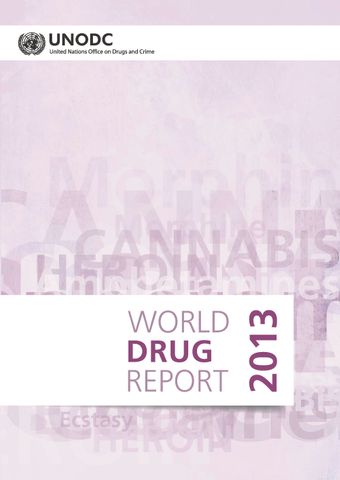
World Drug Report 2013
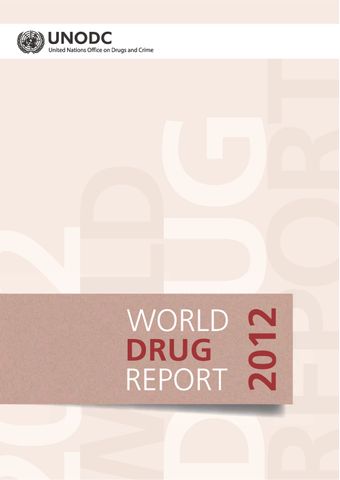
World Drug Report 2012
Chapter I of this year’s World Drug Report provides an overview of recent trends and the state of drug production, trafficking, and consumption, and its consequences in terms of treatment and related illnesses and deaths to drugs. Chapter II presents from a diachronic point of view the characteristics of the drug problem, its evolution and the main factors that determine it. It starts with an examination of the main features of the current problem, followed by a presentation of the changes observed in recent decades, and concludes with an analysis of the factors that have influenced its evolution and a brief overview of likely future trends.
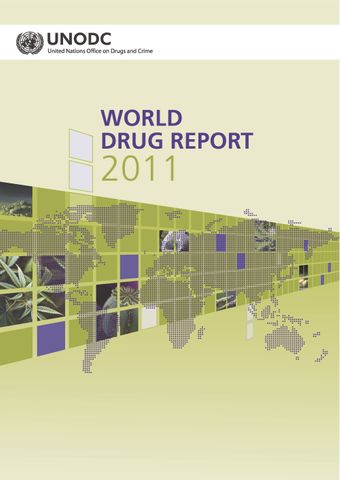
World Drug Report 2011
Many illicit drug markets have reached global dimensions and require control strategies on a comparable scale. In that context, there is a need to better understand these transnational markets and the manner in which they operate. The annual Report, produced by the United Nations Office on Drugs and Crime, is a contribution towards that objective. It provides an overview of the illicit drug situation worldwide and regionally, analytical discussions of the key transnational drug markets and statistical trends for all major drug categories.
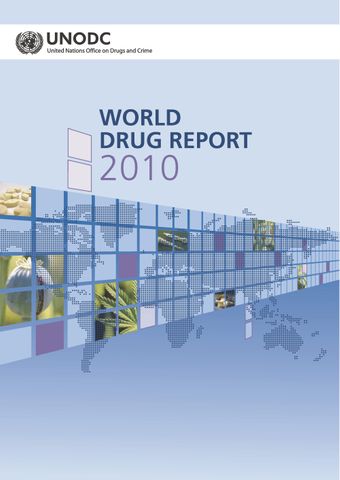
World Drug Report 2010
In order to prepare the World Drug Report, UNODC relies on Member States to provide data, primarily through the Annual Reports Questionnaire (ARQ). The ARQ was distributed to 192 Member States, and UNODC received 110 replies to the drug abuse section and 114 replies to the illicit supply of drugs section from Member States (and territories). In general, most countries’ ability to provide information on illicit drug supply is significantly better than their ability to provide demand-related data. Despite commendable progress, for example in the area of prevalence estimates, far more remains to be done to provide a solid, reliable basis for trend and policy analysis. The report includes in-depth and cross-sectoral analyses of transnational drug markets (chapter 1) as well as the latest statistical data and trends regarding the world drug situation (chapter 2). This year, the report also discusses the impact of transnational drug trafficking on transit countries (chapter 3).
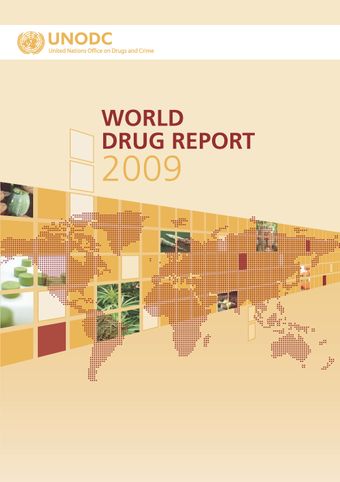
World Drug Report 2009
The World Drug Report aims to enhance Member States’ understanding of global illicit drug trends, and to sensitize all Governments about the need for more systematic collection and reporting of data related to illicit drugs. UNODC relies on Member States to provide data, primarily through the annual reports questionnaire (ARQ). This year, out of some 200 distributed questionnaires, UNODC received 118 replies to the drug abuse section and 116 replies to the illicit supply of drugs section. In general, the ability of Member States to provide information on illicit drug supply is significantly better than their ability to provide demand-related data. Despite commendable progress, for example in the area of prevalence estimates, far more remains to be done to provide a solid, reliable basis for trend and policy analysis.
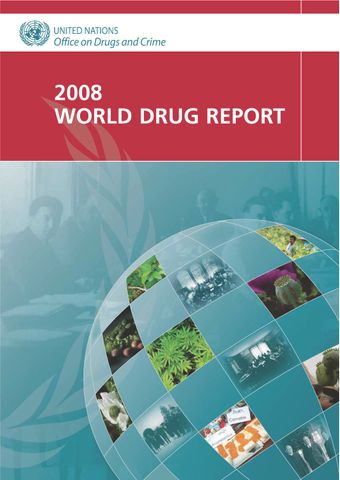
World Drug Report 2008
The Report continues to provide in depth trend analysis of the four main drug markets in its first section. In addition, to mark the one hundred year anniversary of the Shanghai Opium Commission, and one hundred years of international drug control, the Report contains an in-depth look at the development of the international drug control system. The Report also contains a small statistical annex which provides a detailed look at production, prices and consumption. As in previous years, the present Report is based on data obtained primarily from the annual reports questionnaire (ARQ) sent by Governments to UNODC in 2007, supplemented by other sources when necessary and where available. Two of the main limitations herein are: (i) that ARQ reporting is not systematic enough, both in terms of number of countries responding and of content, and (ii) that most countries lack the adequate monitoring systems required to produce reliable, comprehensive and internationally comparable data. National monitoring systems are, however, improving and UNODC has contributed to this process.
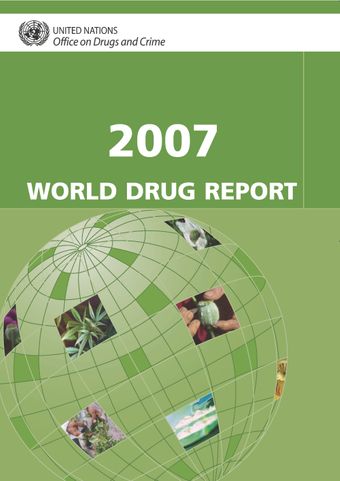
World Drug Report 2007
This report offers one of the most comprehensive insights into global trends in international culture, production, seizure and price of illicit drugs. It examines trends in the world’s four major markets: opium and heroin, coca and cocaine, cannabis, and amphetamine-type stimulants. This edition provides an in-depth examination of the link between transnational organized crime and drug trafficking. A detailed statistical appendix on production, prices and consumption completes this book, which gives the reader a comprehensive picture of the world’s drug problem.
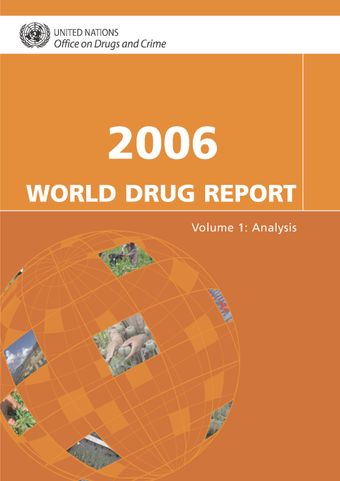
World Drug Report 2006
Some 200 million people, or 5 percent of the global population age 15-64, have used illicit drugs at least once in the last 12 months. Among this population are people from almost every country on earth. More people are involved in the production and trafficking of illicit drugs and still more are touched by the devastating social and economic costs of this problem. Partially a consequence of its pervasiveness and partially a consequence of the illicit and hidden nature of the problem, reliable analysis and statistics on the production, trafficking and use of illicit drugs are rare. The World Drug Report 2006 endeavours to fill this gap. It provides one of the most comprehensive overviews of illicit drug trends at the international level. In addition, it presents a special thematic chapter on cannabis, by far the most widely produced, trafficked and used drug in the world. The analysis of trends, some going back 10 years or more, is presented in Volume 1. Detailed statistics are presented in Volume 2. Taken together, these volumes provide the most up-to-date view of today’s illicit drug situation.
